This can be difficult simply because of the research involved in gathering proper materials and the operation of the finished structure. Thankfully, there is now a set of standards set in place to turn to. These standards are referred to as LEED, or Leadership in Energy and Environmental Design. If a home meets these standards, it is eligible for LEED certification. You may have seen those initials but not known what they stand for.
The process behind building an environmentally friendly home is very complicated. Energy efficiency is a concern, as is the use of nontoxic materials, intelligent landscaping, proper site orientation and management, as well as air quality indoors. Becoming knowledgeable enough to give builders proper instructions and finding proper building materials is daunting to any consumer.
By seeking LEED certification, the homeowner is able to find proper resources for all of this to be done for them. That’s because those factors are what the certification is based on. Following these guidelines make creating a home that’s healthy, safe and inexpensive an easier goal to reach. On top of these advantages, most homes built under these guidelines have a better chance of retaining their value better in the long run.
In addition to the information and resources made available, once you get LEED certification, you may be eligible for extra zoning allowances and tax rebates. The system has worked for more than twenty thousand homes already, and there are eighty thousand more awaiting evaluation.
If you’re in the process of building your home, or in the planning stages of doing so, LEED is a valuable resource to check out. Quarve Contracting is committed to green building, so if we may be of assistance, please let us know.Subscribe to Quarve Contracting's Blog


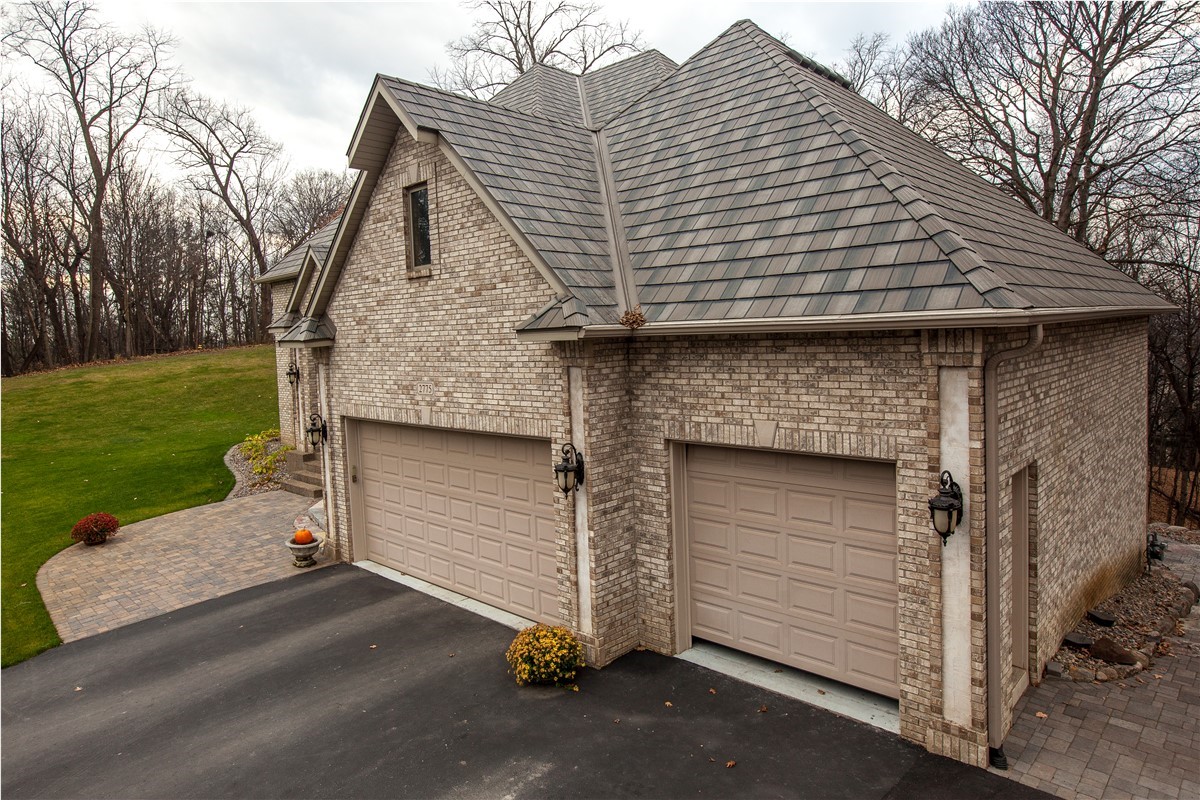
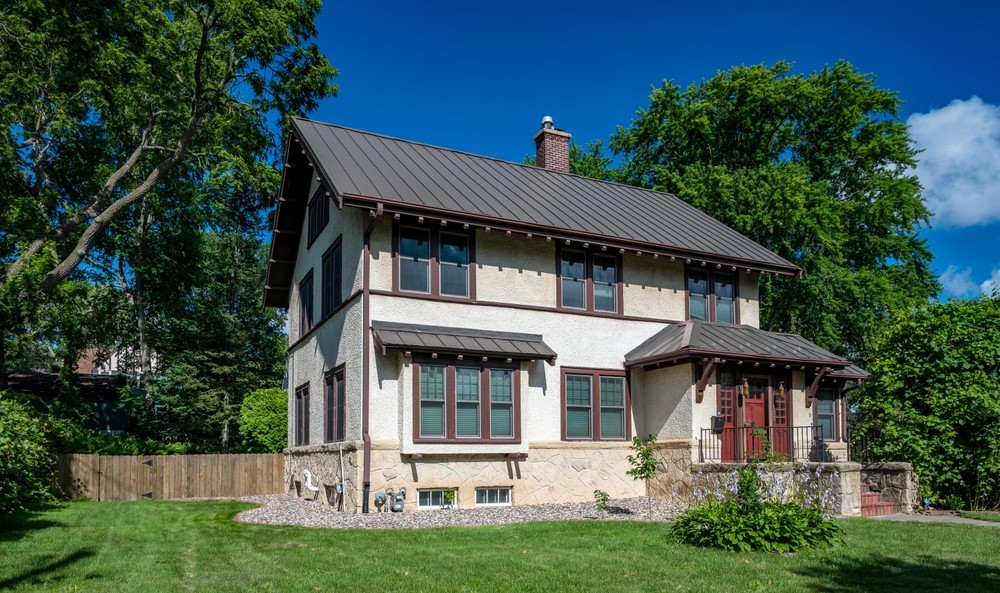
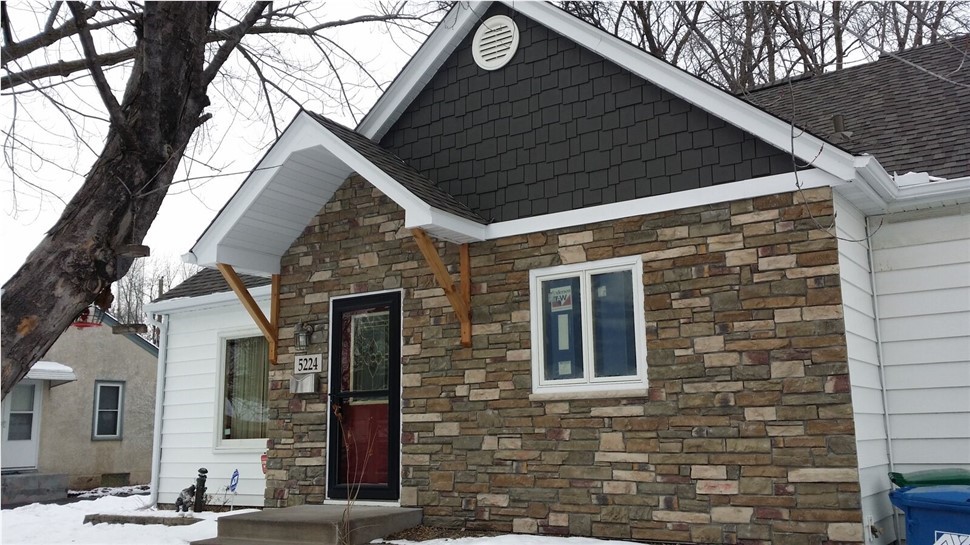
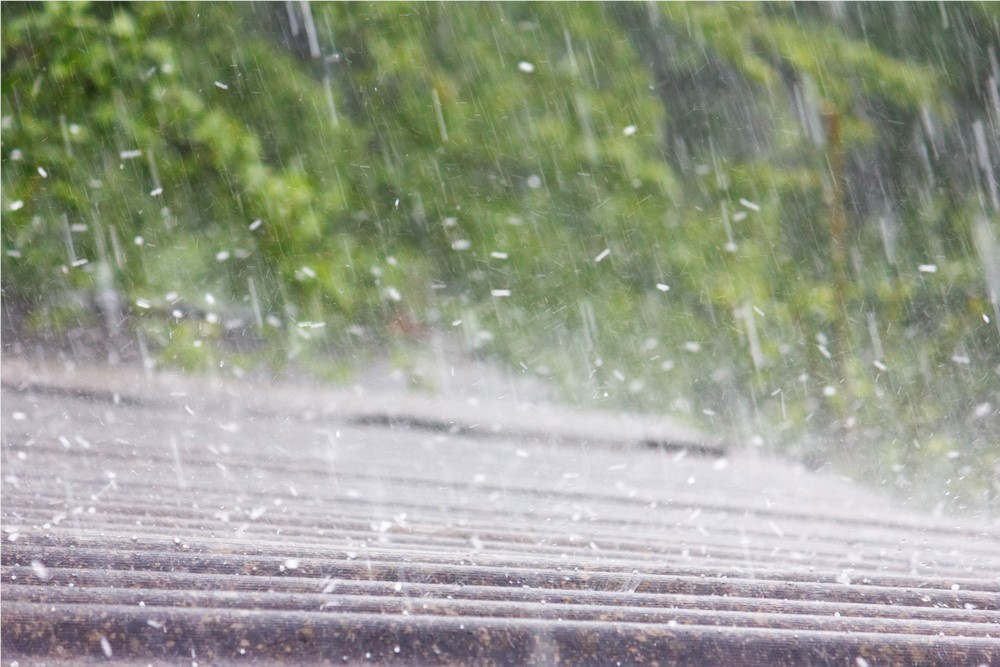
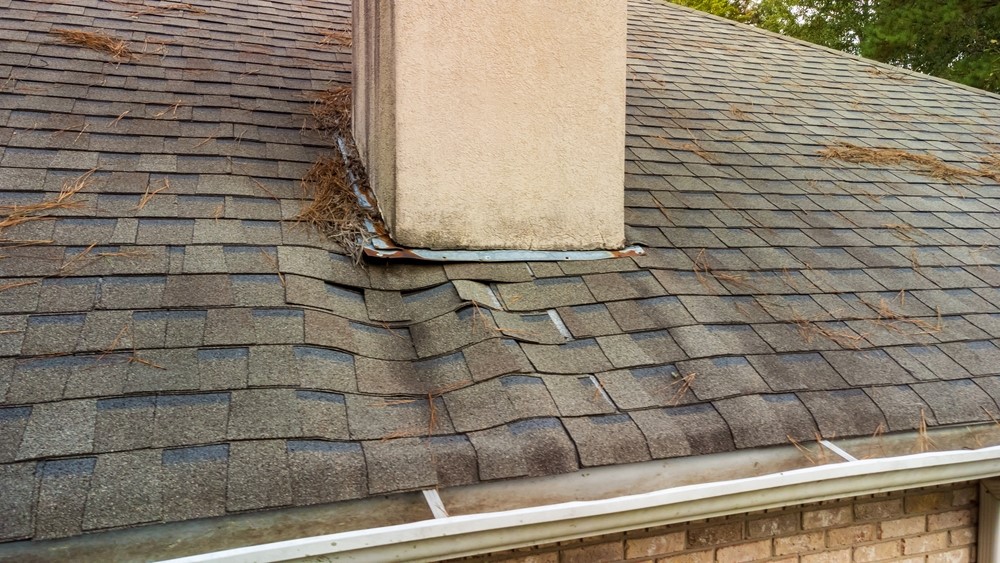
Comments